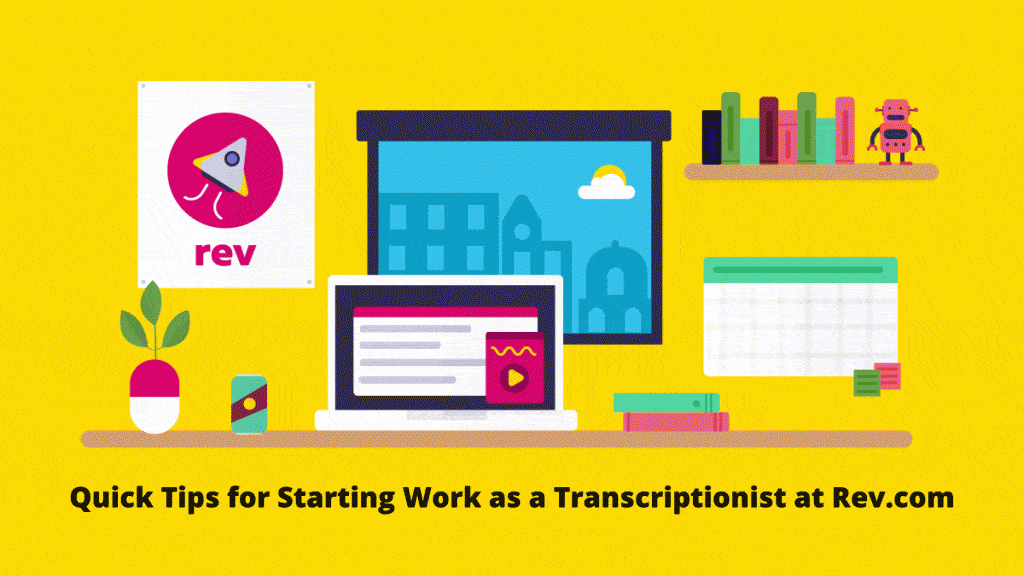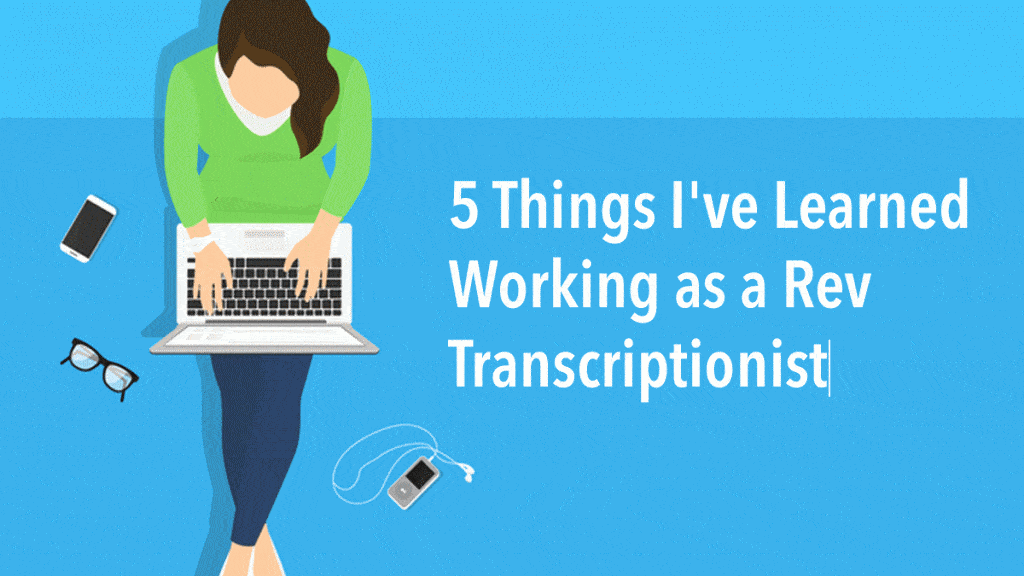What Every Talented Freelancer Should Know about Tax Credits & Its Benefits
Doing your taxes as an independent contractor can get confusing. Here are some of the tax credits you should know about.

If you’re a freelancer working with Rev, you already know many of the benefits you get, such as choosing your hours and flexible workload. But do you know about the tax benefits you could be receiving?
Doing your taxes as an independent contractor can get confusing, and you might miss out on some major savings. Here are some of the tax credits you should know about.
What Are Tax Deductions and Tax Credits?
When it comes to taxes, there is a difference between tax credits and tax deductions, although they can both save you money.
A tax deduction reduces your taxable freelance income, or what the IRS considers your adjusted gross income (AGI). This does not directly put more money in your pocket but reduces the amount that can be taxed.
A tax credit is subtracted from the amount of tax you owe. This can put more money in your pocket directly. Sometimes tax credits are refundable, which means that if you qualify for a credit that’s larger than the taxes you owe, you could get a refund for the difference.
Are You Withholding Taxes Properly?
When employees receive a paycheck, the taxes usually are already withheld by the employer. When you’re a freelancer or an independent contractor, however, you need to subtract taxes from your income yourself. Otherwise, you may have to pay the IRS an additional penalty at the end of the tax year.
The easiest way to withhold properly is to pay taxes quarterly and make sure the total is at least as much as you paid in taxes the year before.
You may also be allowed to avoid the penalty if:
- You didn’t make a required payment because of a casualty event, disaster, or other unusual circumstance and it would be inequitable to impose the penalty, or
- You retired after age 62 or became disabled during the tax year, and the underpayment was due to reasonable cause, or
- The underpayment was due to an inability to accurately calculate your estimated income tax payment due to tax reform changes.
What Credits and Deductions Can You Use?
Here are three of the most common tax credits available to Rev transcriptionists that could help reduce the amount of federal income tax you owe.
Please remember that we’re not certified tax professionals or attorneys, so we recommend consulting with an accountant or financial advisor to help determine which could apply to you.
1. Earned Income Tax Credit (EITC)
The EITC is available for many workers who earn a low to moderate income. This credit can reduce the amount of tax you owe and, unlike many other credits, is refundable.
To qualify for EITC, you must meet certain criteria:
- Your filing status must be either married filing jointly, head of household, qualifying widow or widower, or single. EITC is not available for those who are married filing separately.
- Income must be at least $1
- There are also rules about how to qualify for EITC if you have children. Each child must meet these criteria.
- If you have no children, to qualify for EITC you must not be a dependent on someone else’s form, must be aged 25 to 65, and must have lived in the United States for more than half the year.
- For taxpayers with disabilities, there are additional, special criteria.
There are also rules about how to qualify for EITC if you have children. Each child must meet these criteria.
If you have no children, to qualify for EITC you must not be a dependent on someone else’s form, must be aged 25 to 65, and must have lived in the United States for more than half the year.
For taxpayers with disabilities, there are additional, special criteria.
This tax credit can range from $519 to $6,431 for 2018, according to TurboTax, so you miss out on a significant amount of money if you qualify and don’t realize it! Additional information is available from the IRS, so be sure to check whether the EITC could apply to you.
2. Retirement Savings Contribution Credit
Now known as the Saver’s Credit, this tax credit is available to low- or middle-income taxpayers who contribute to their retirement savings.
To qualify for the Saver’s Credit, you must be at least 18 years old, not a full-time student, and not claimed as a dependent on anyone else’s tax return. You must also contribute to a retirement plan or IRA account contribution, and not exceed the IRS’s AGI caps.
This type of credit is also refundable, so you could get a payment if the tax credit is greater than the amount of tax you owe.
3. Child and Dependent Care Credit
If you need to pay someone to help you care for a child under age 13 or a dependent spouse so that you can work, you may be able to claim that expense as a tax credit. The credit can be up to 35 percent of your caregiver expenses.
You cannot claim expenses for food, lodging, clothing, or education, unless they are incidental to and can’t be separated from the cost of care. The credit also cannot be claimed for child support payments.
To qualify, you must be taking care of a Qualifying Person and have earned income during the year (unless you are a student). Your filing status must be married filing jointly, head of household, qualifying widow or widower, or single, but not married filing separately.
Claiming Tax Credits as a Revver
Working as a Rev freelancer gives you a lot of flexibility. But on top of benefits such as flexible hours and work location, make sure you’re taking full advantage of tax credits you may qualify for! Using tax software, such as TurboTax, H&R Block, Credit Karma, or talking to a trustworthy professional or IRS representative can help you navigate this complicated issue.













